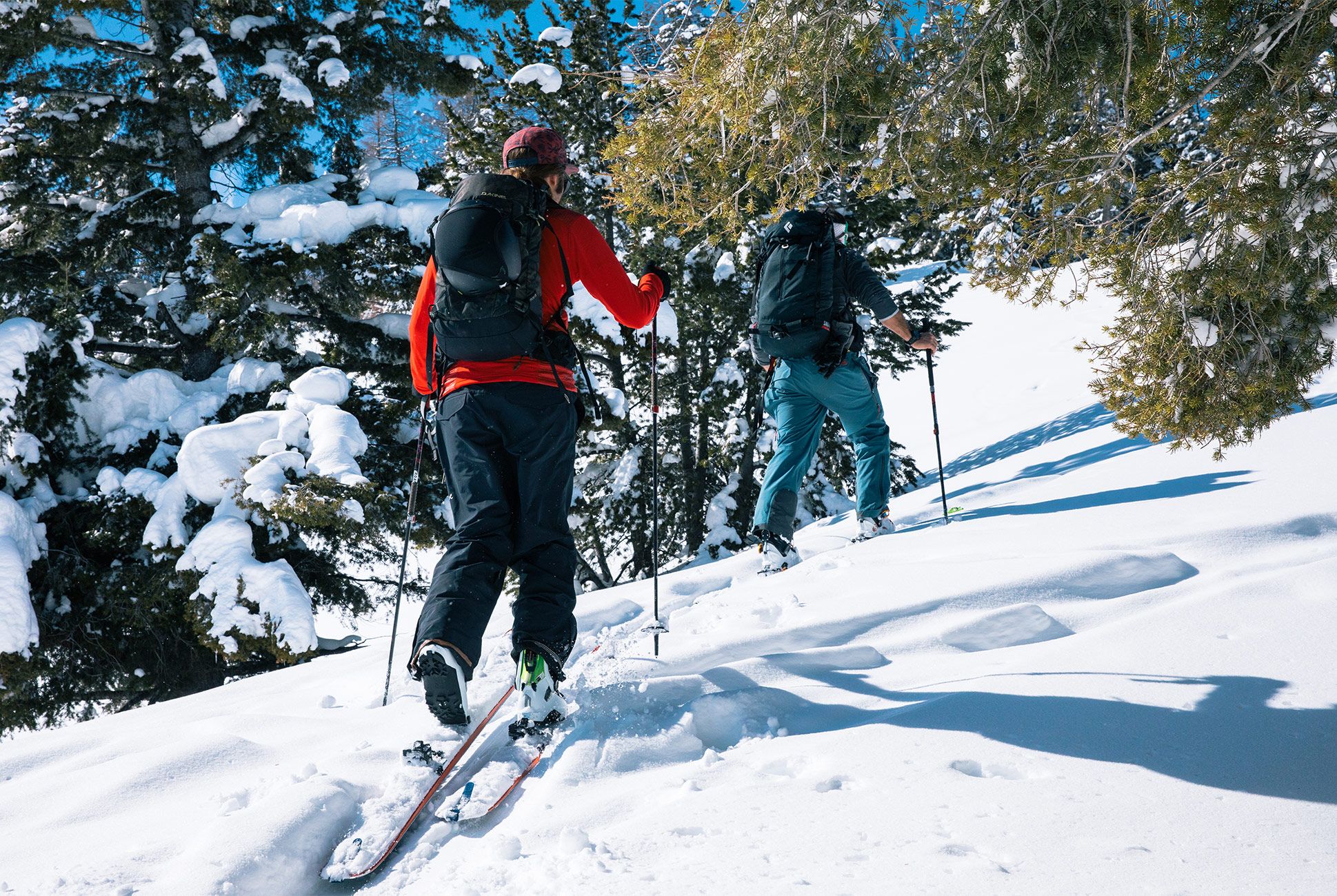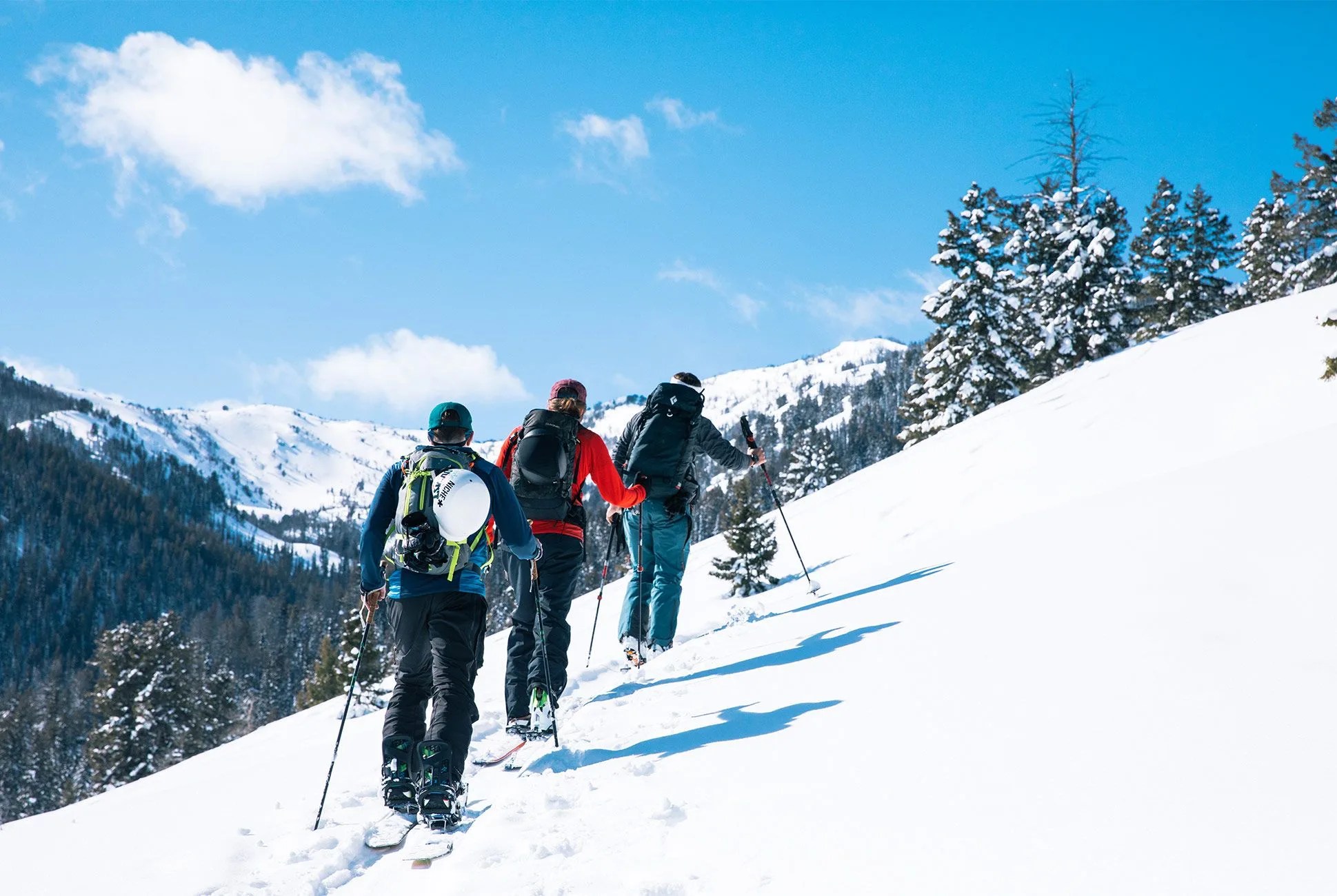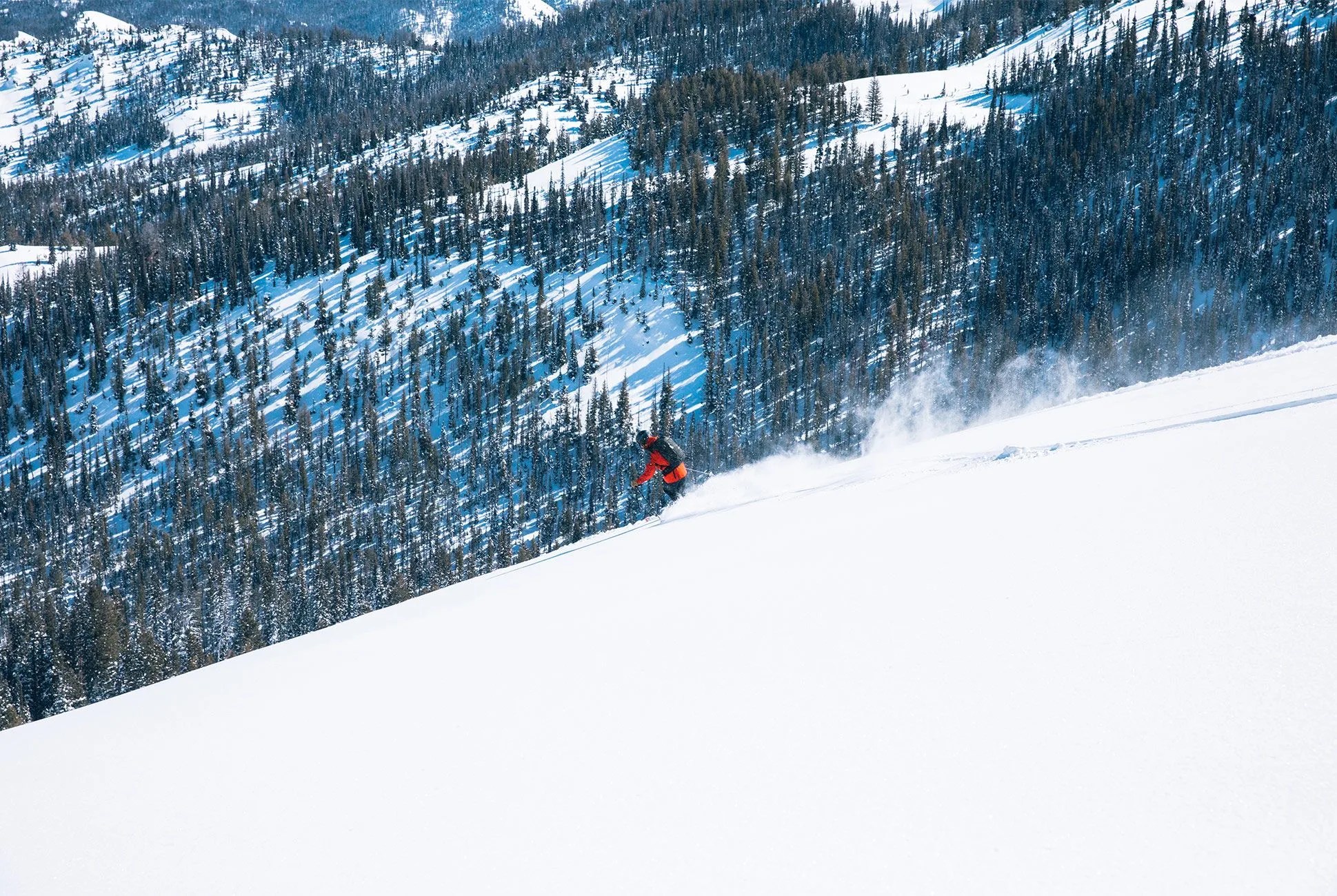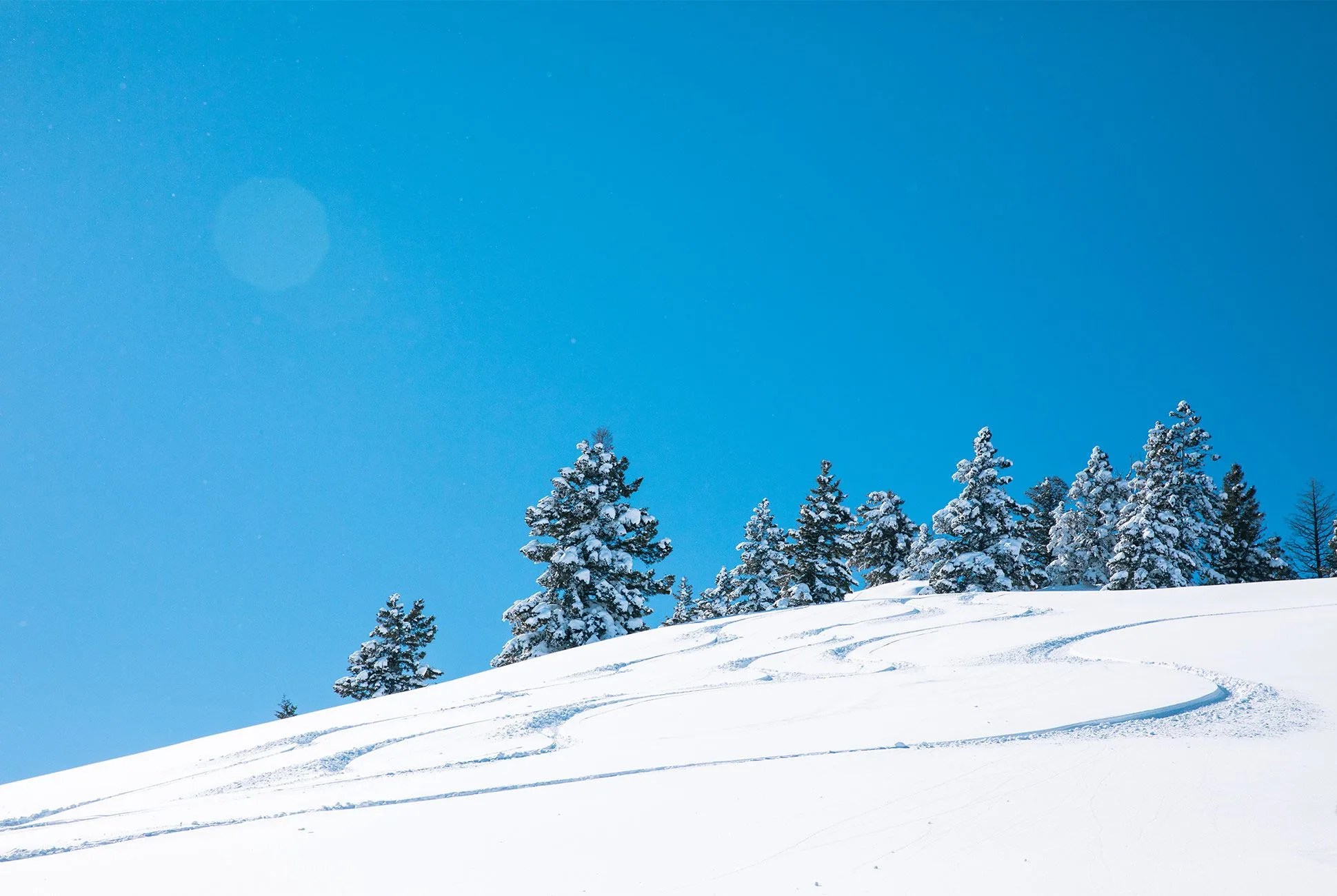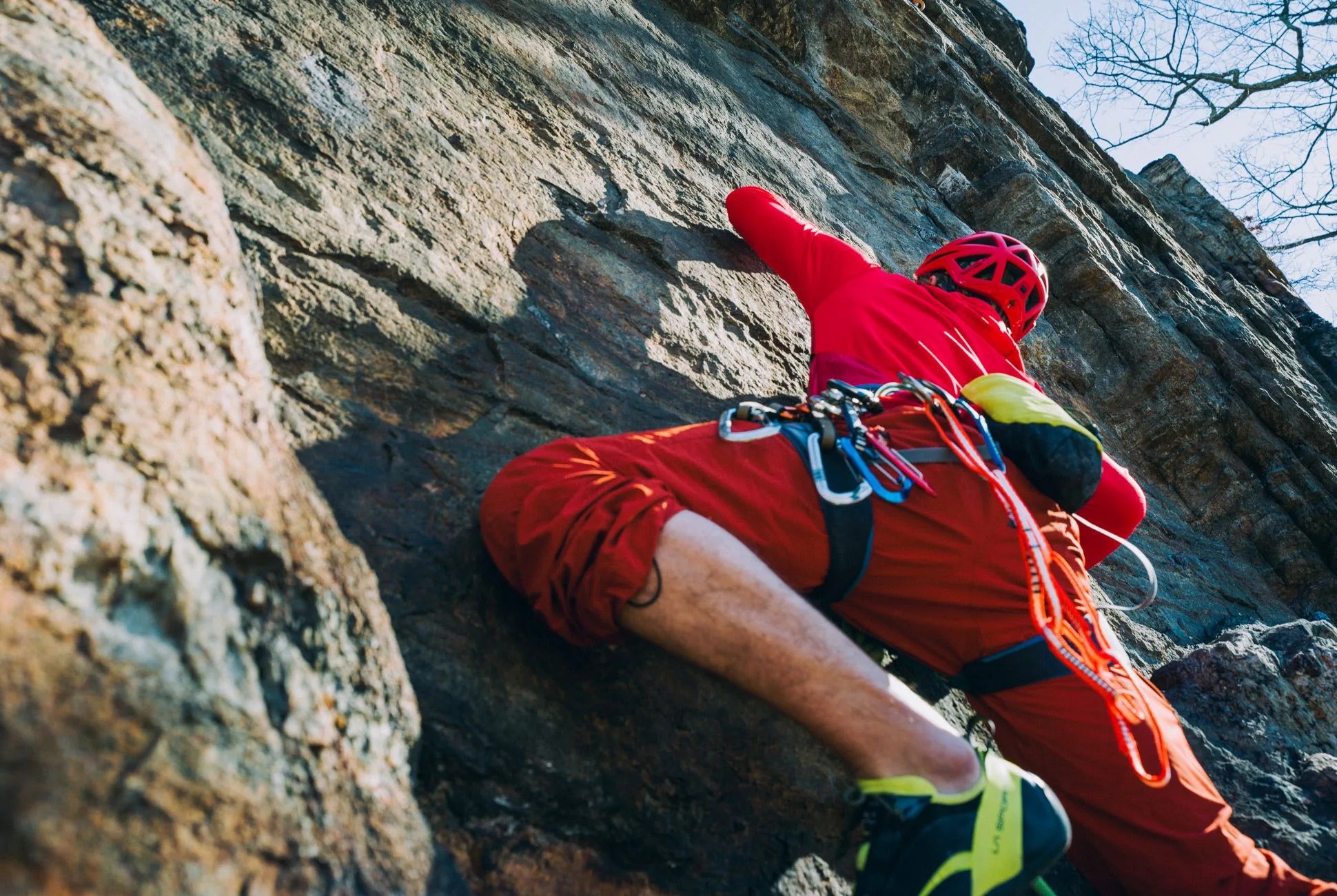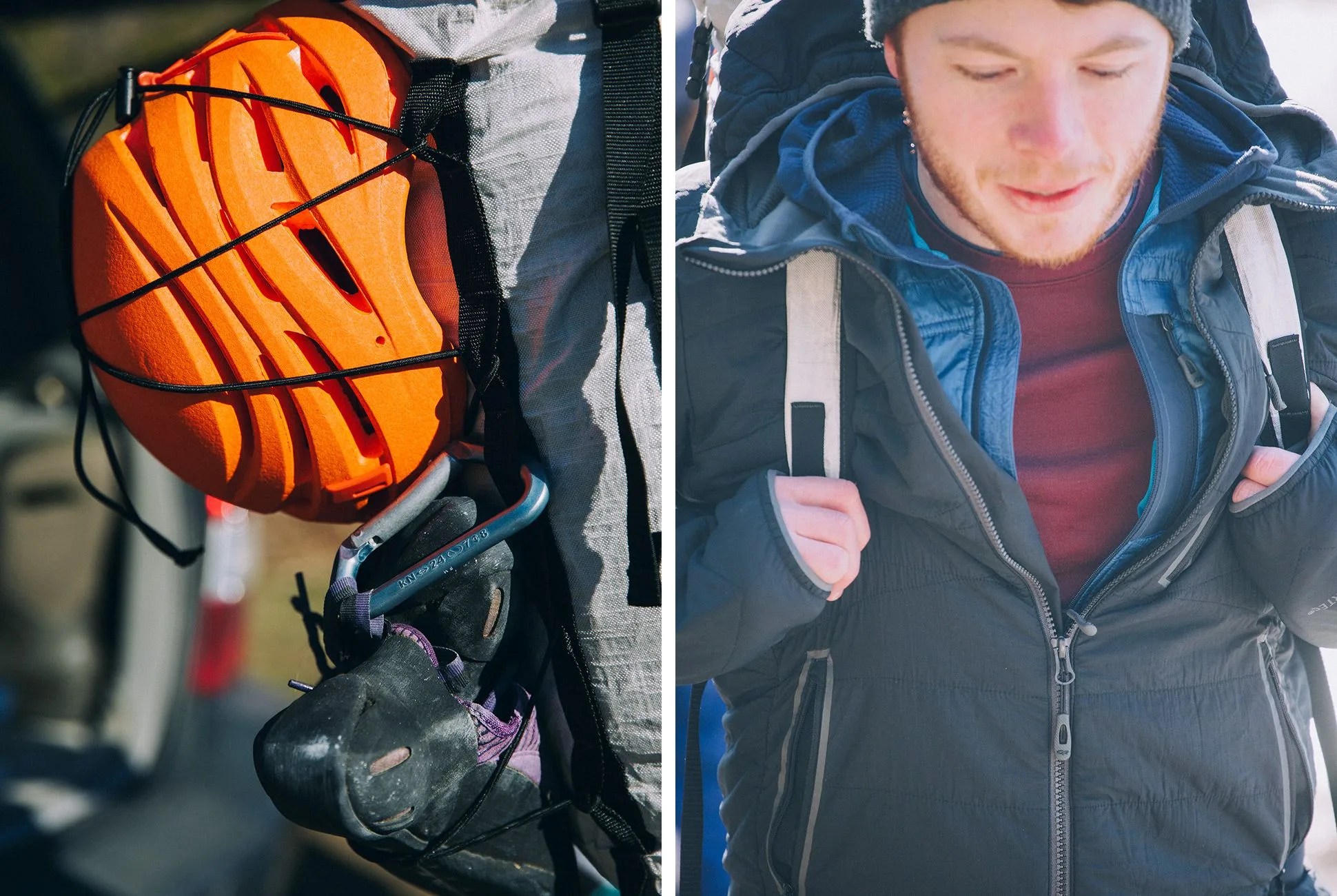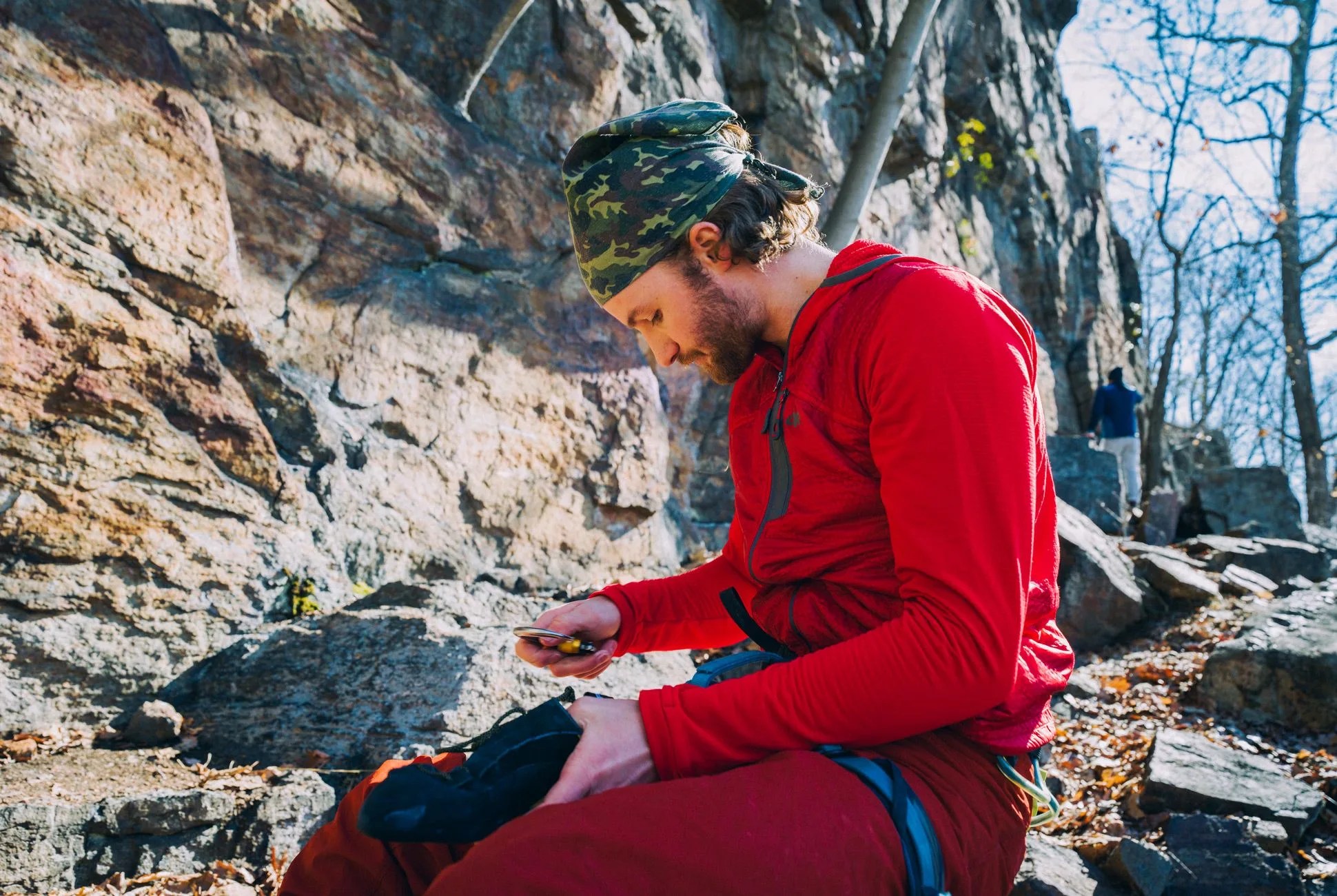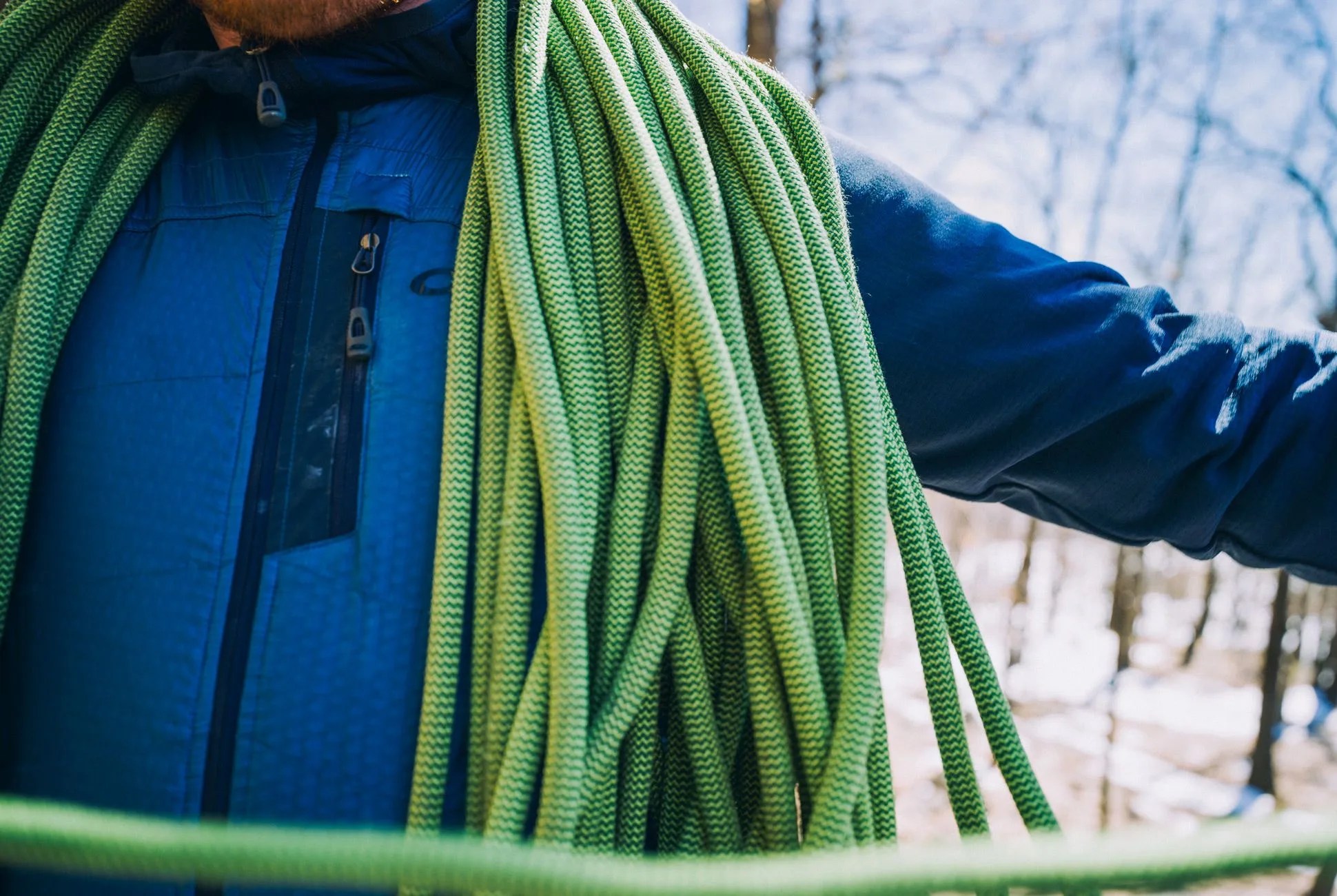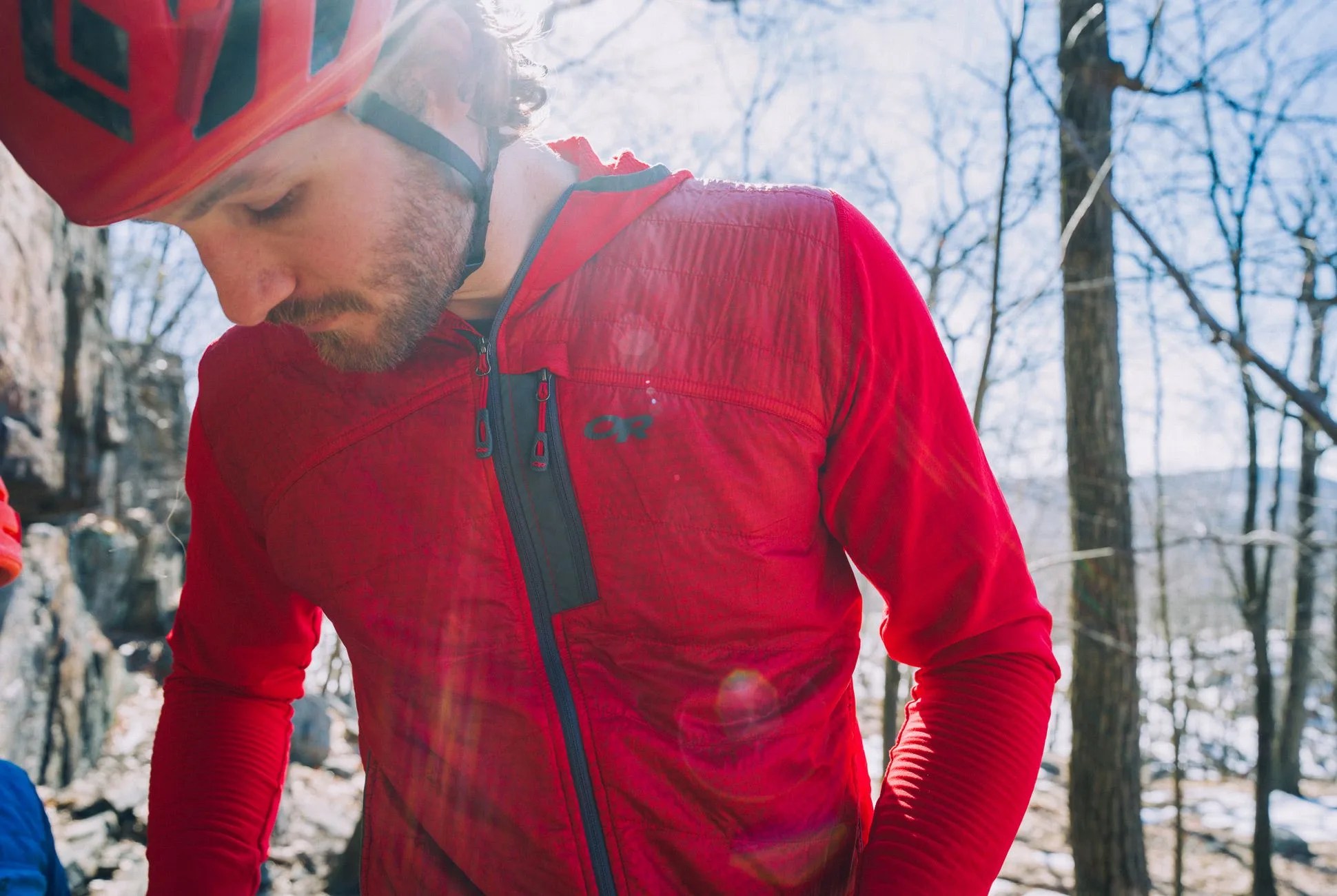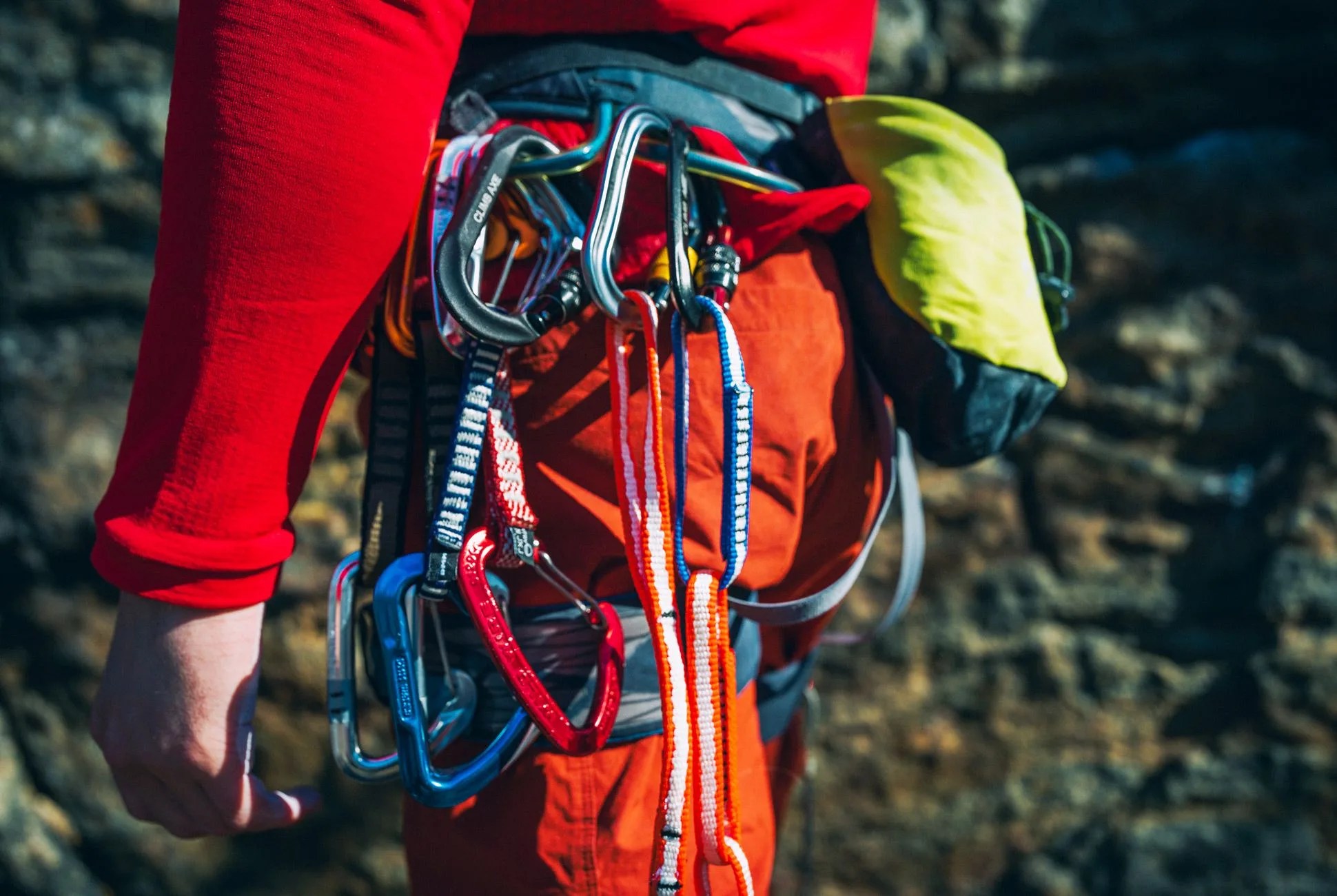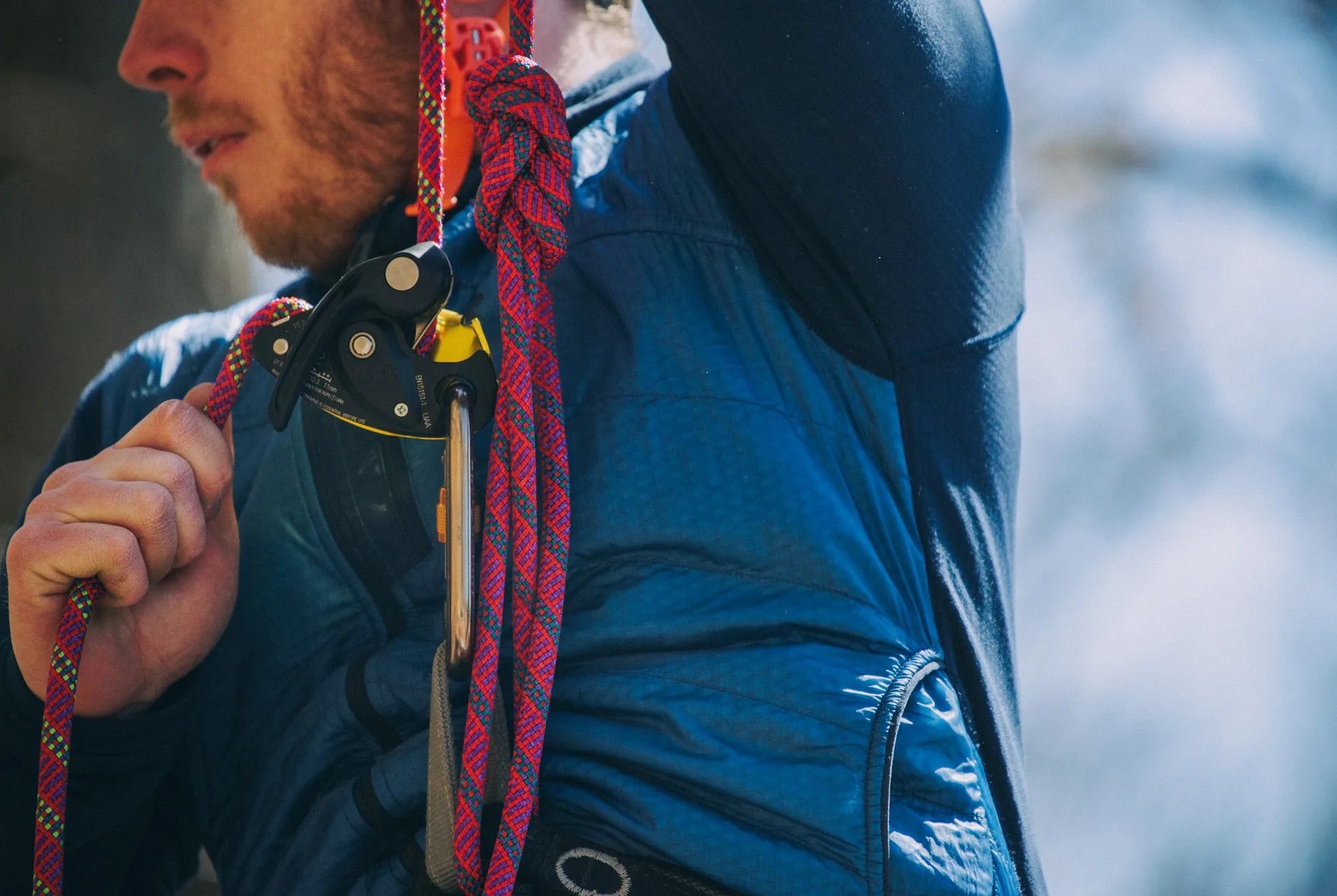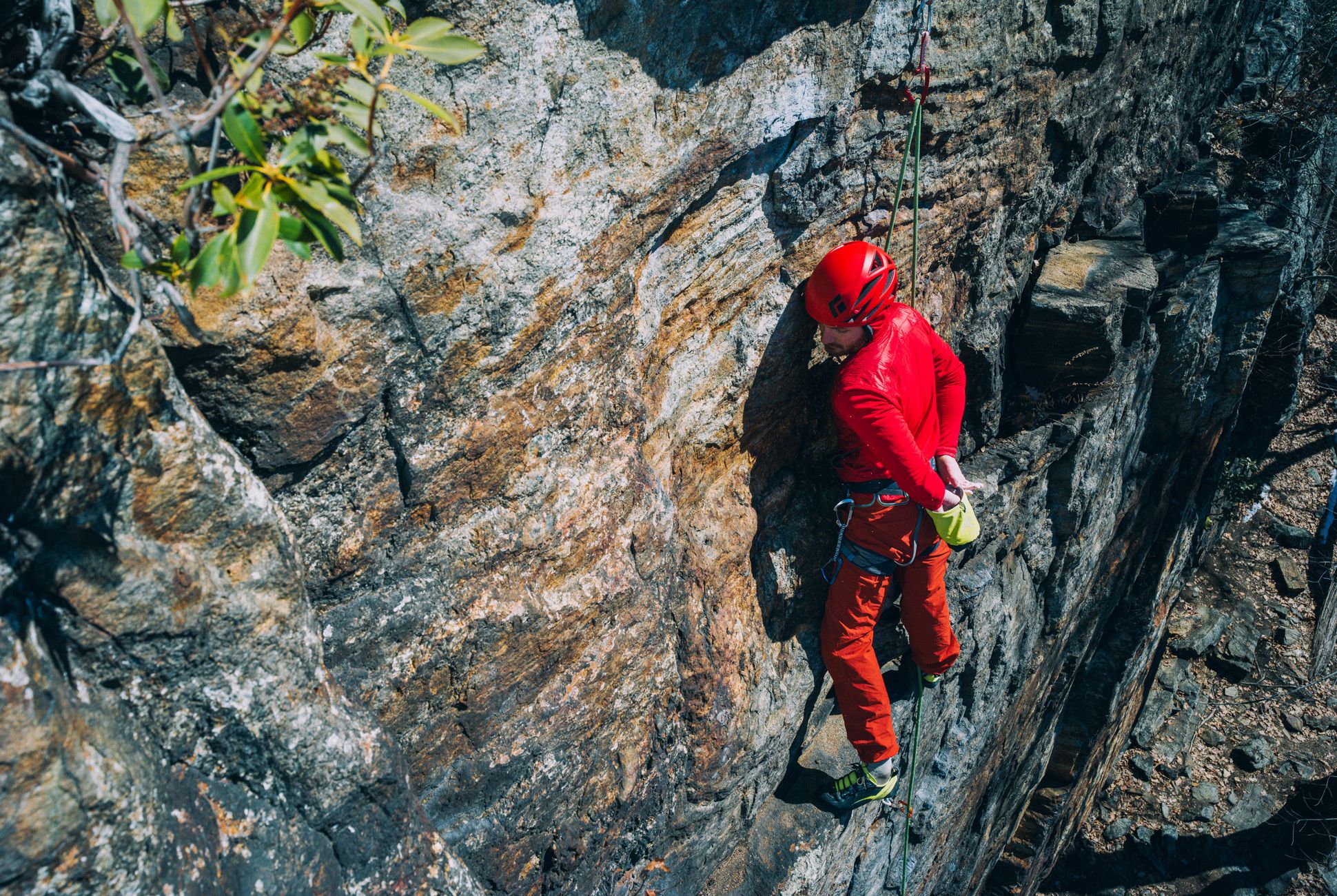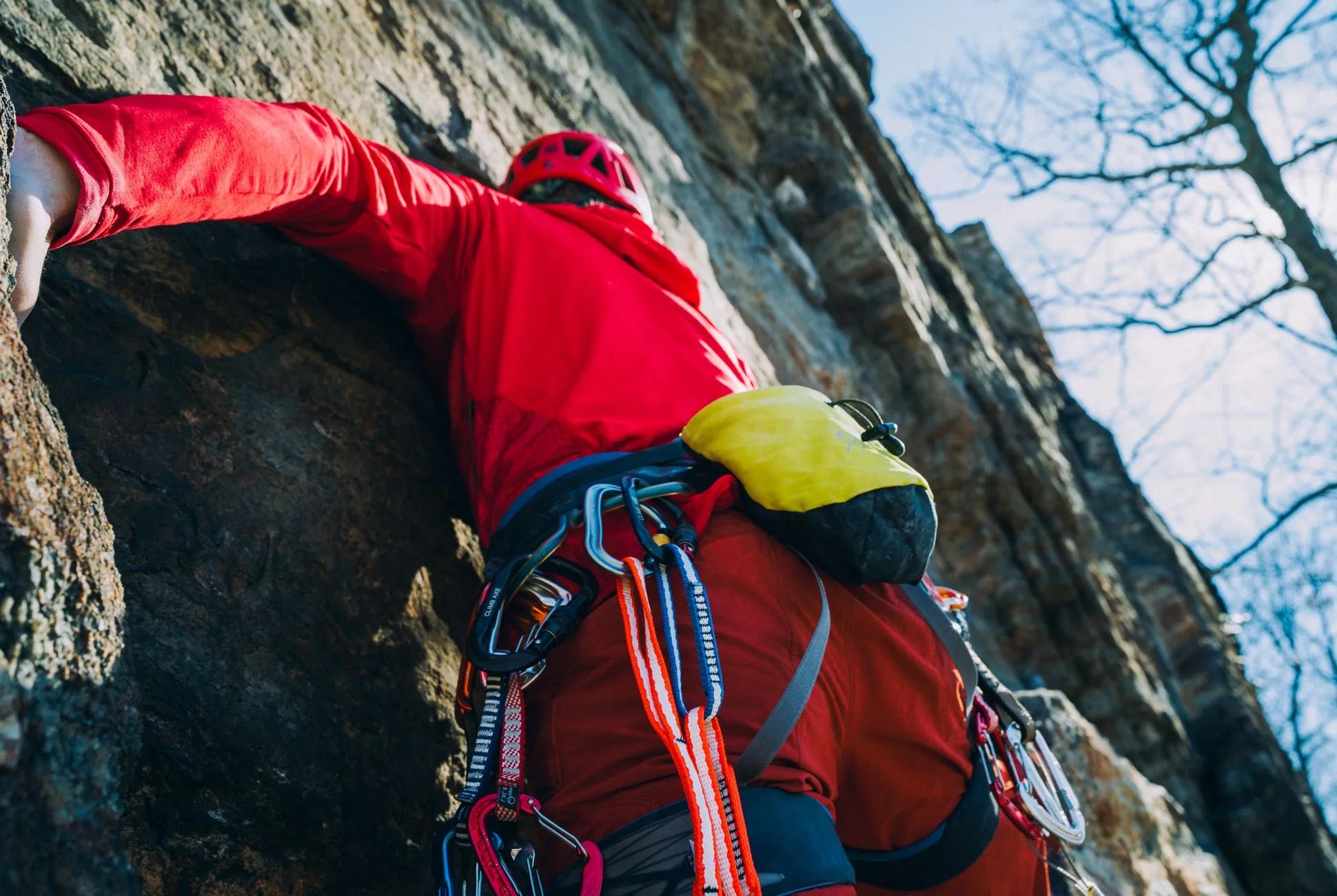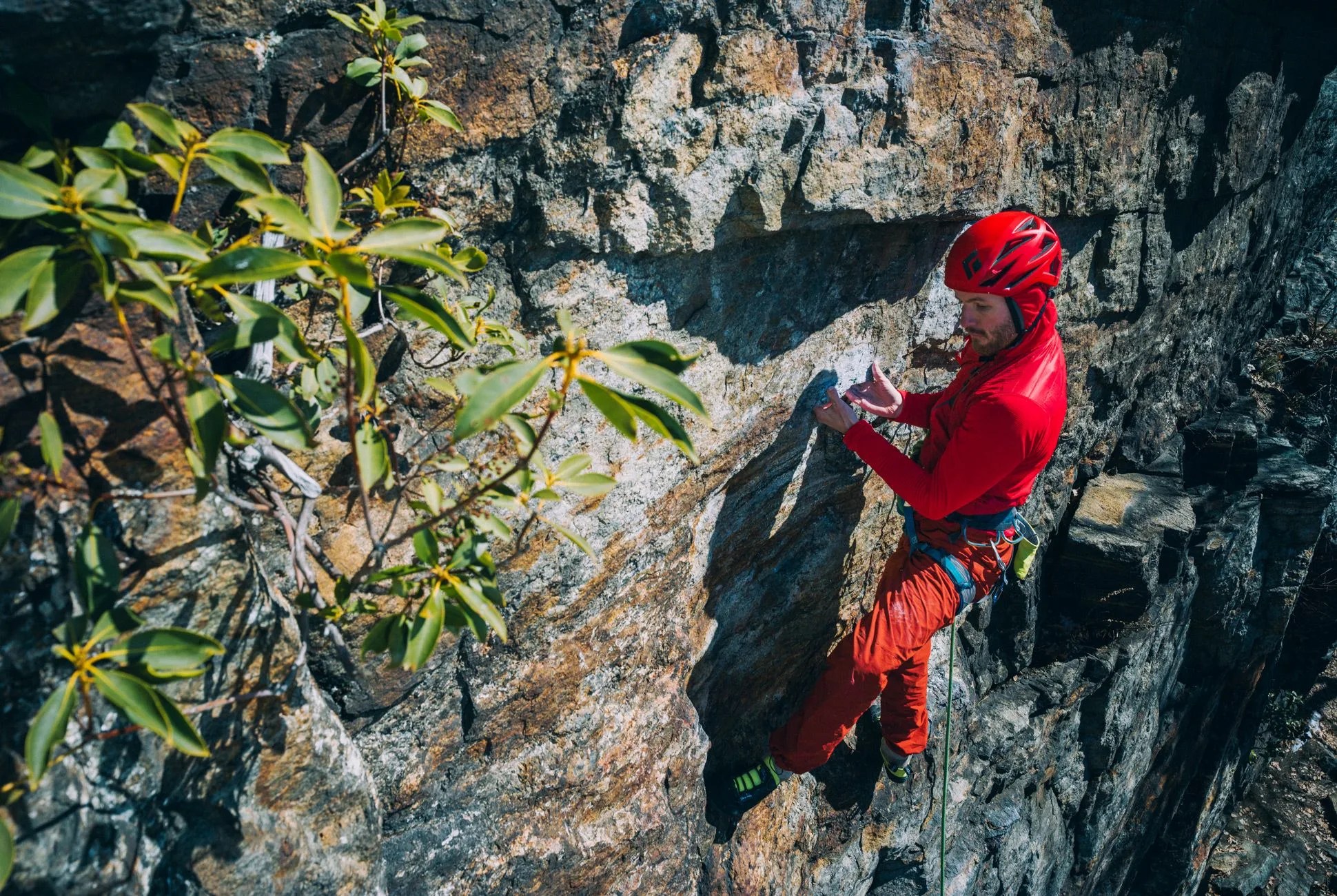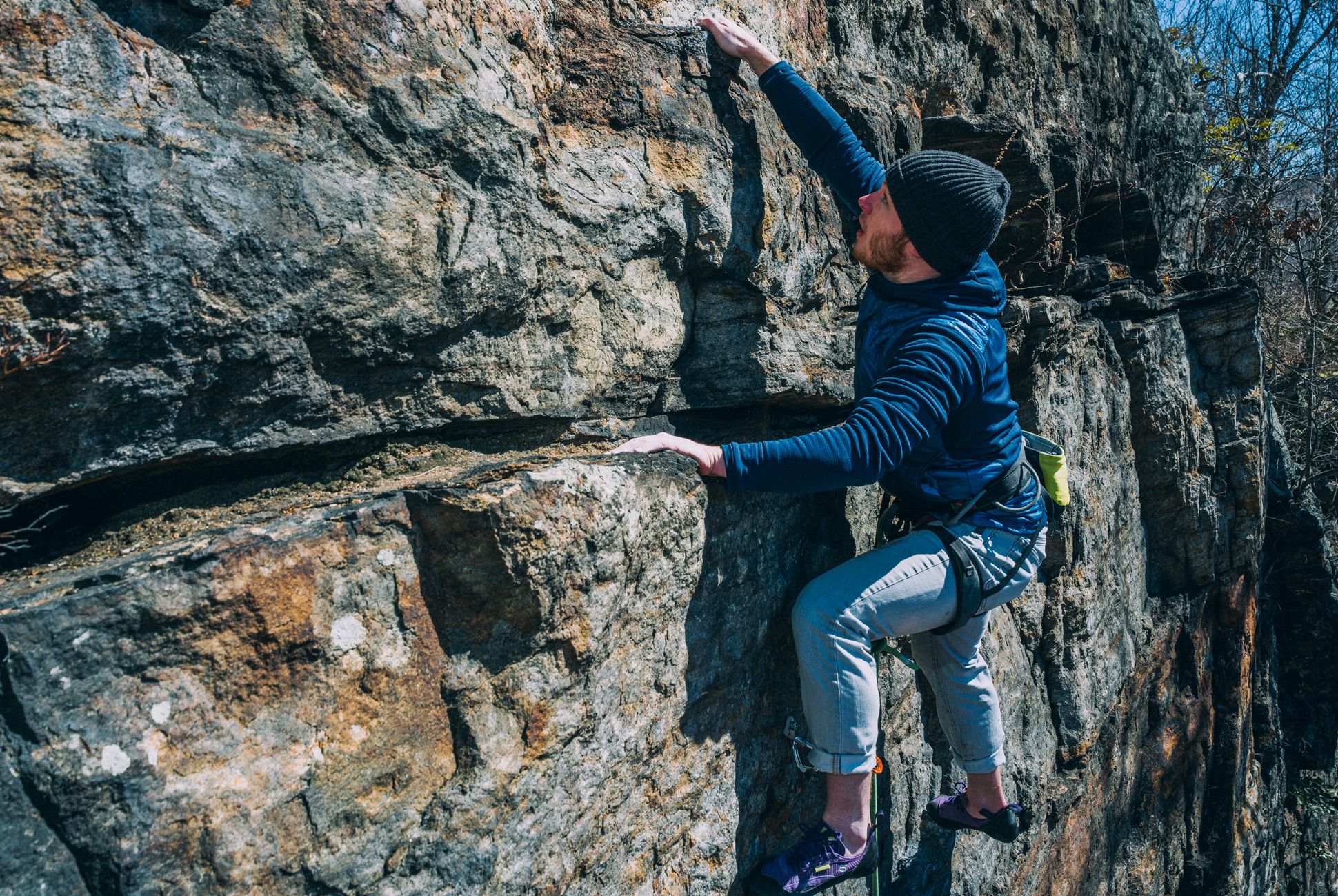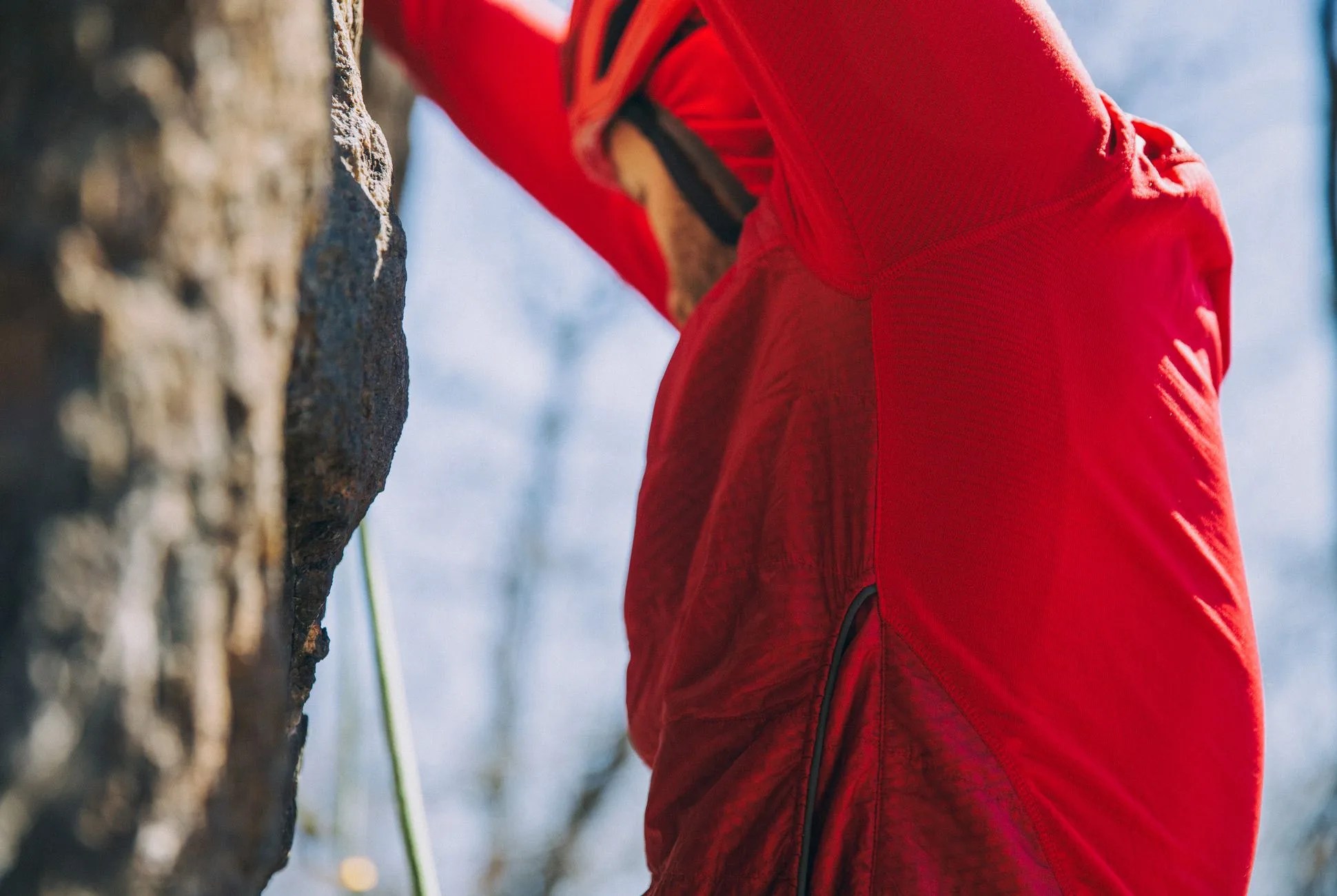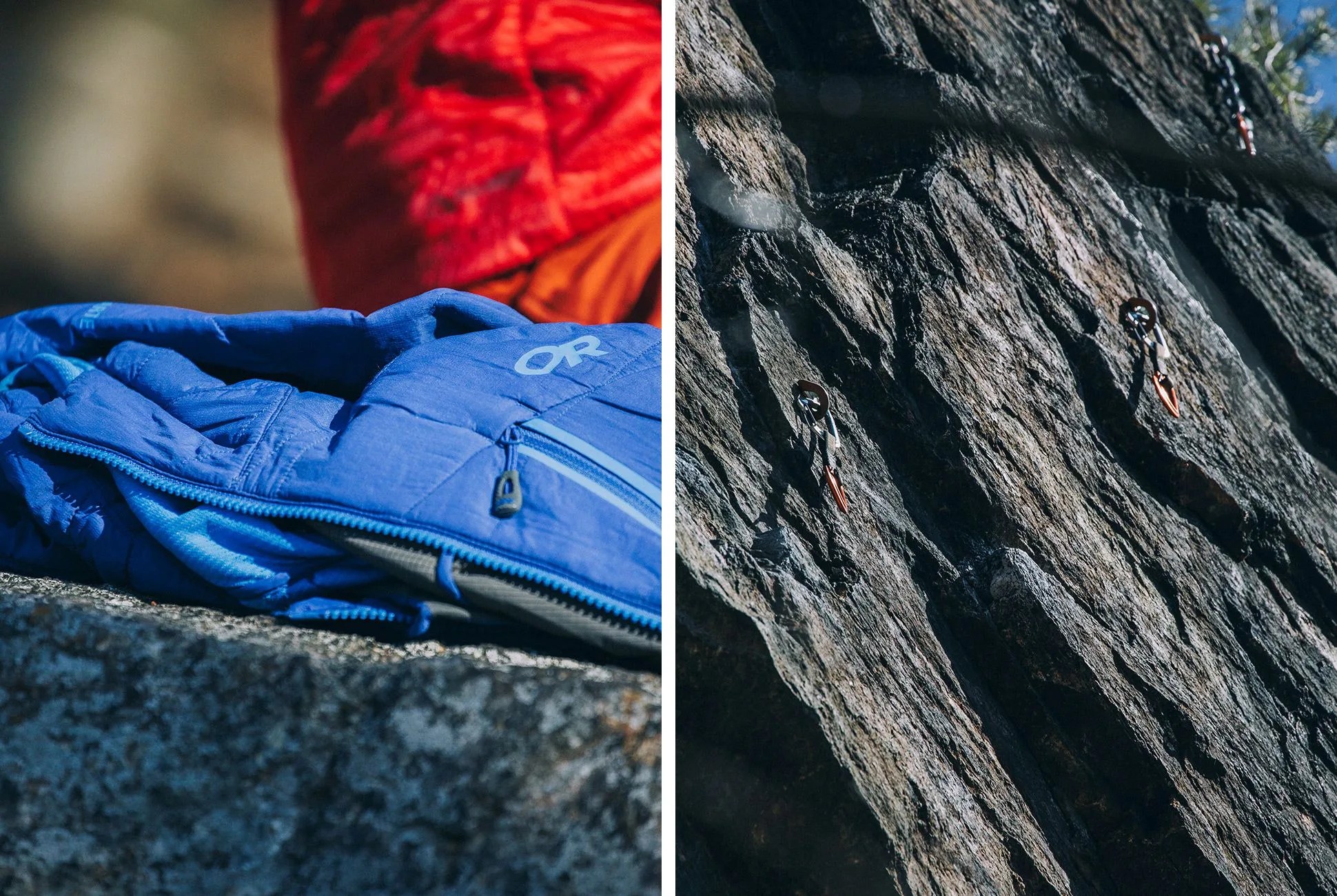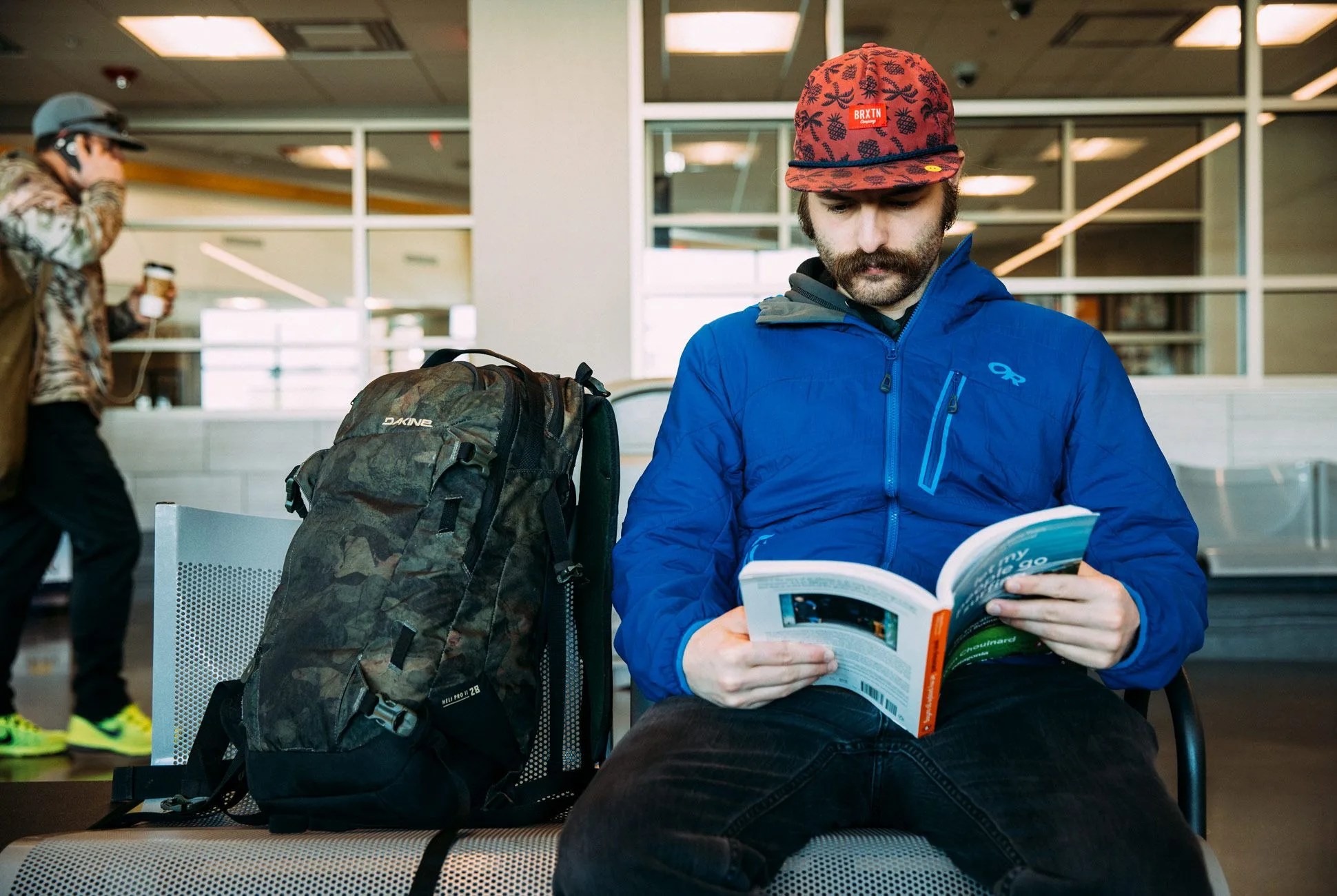
You’ve heard of Yvon Chouinard, Doug Thompkins and Royal Robbins, the founders of Patagonia, The North Face and Royal Robbins, respectively. But unless you’re in the know, you probably haven’t heard the name Ron Gregg. In 1980, Gregg, a physicist by trade, was on an expedition on Denali with his partner when disaster struck. Gregg’s partner, who was already suffering from extreme frostbite, got snow lodged between his boot and gaiter — exacerbating an already dire situation. His partner had to be airlifted out, a moment that changed mountaineering and outdoor sports forever. Gregg was convinced that there was a better way to build a gaiter, and with that in mind, he created the X-Gaiter — Outdoor Research’s first official product.
Since then, Seattle-based Outdoor Research has pioneered a number of iconic outdoor pieces. For example, there’s the Seattle Sombrero, a sombrero-esque hat constructed from Gore-Tex perfect for hiking in the rain; the first soft-sided medical kits designed specifically for outdoor use; and the Water Bottle Parka, which is still the standard for keeping water from freezing on mountaineering expeditions. Today, the company is still on the front lines of pioneering technical, smartly designed pieces built for serious adventurers. The latest in OR’s innovative technologies focuses on active insulation in jackets, like the Uberlayer and the Deviator hoody.
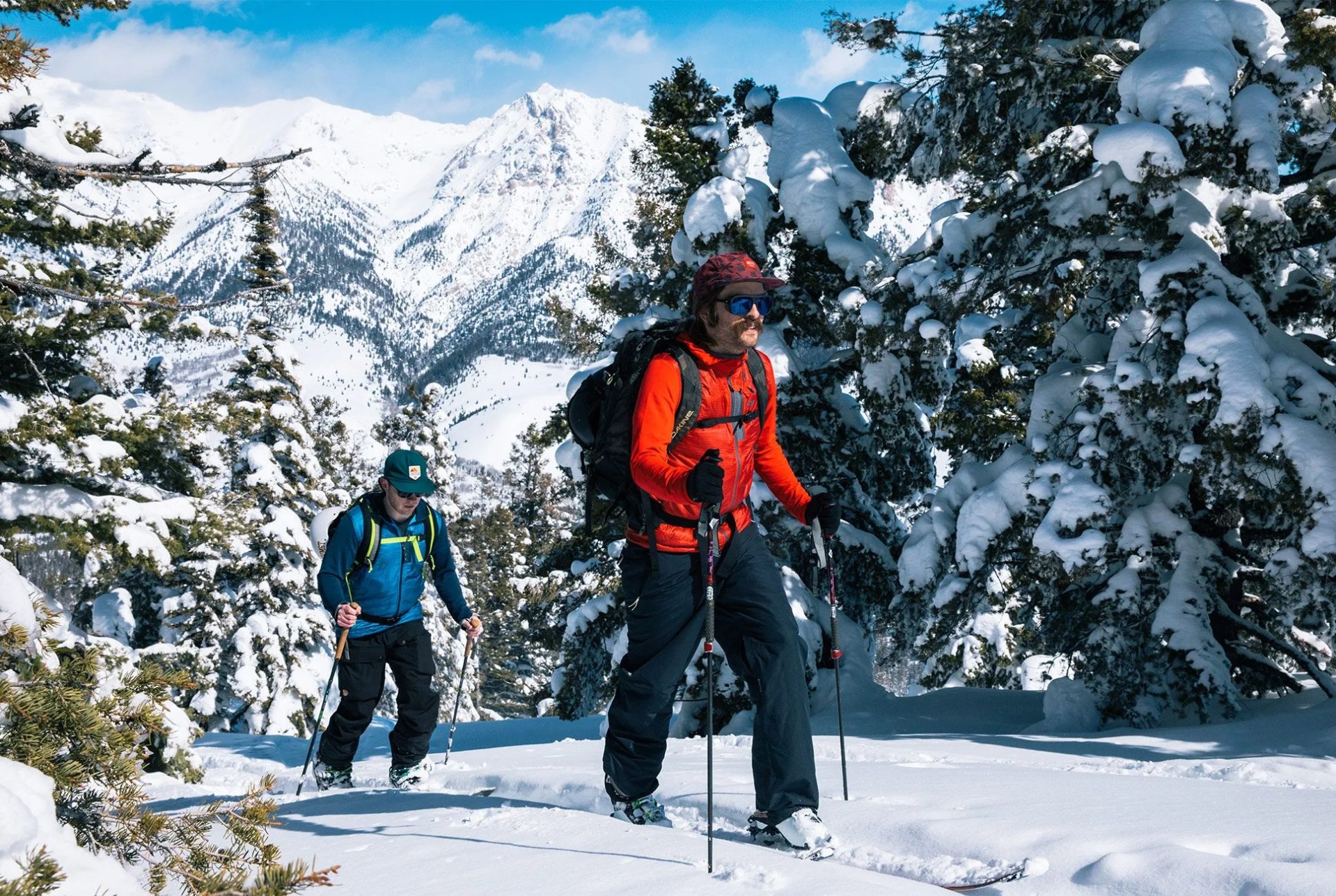 Writers AJ Powell and Tanner Bowden testing jackets in the Idaho backcountry.
Writers AJ Powell and Tanner Bowden testing jackets in the Idaho backcountry.“It’s all about adaptability,” says Alex Lauver, Outdoor Research’s product manager for outerwear. “We created a solution for changing conditions and changing environments.” Both the Uberlayer and Deviator were designed with two sports in mind — climbing and ski touring — though they can certainly be used in other applications. “During a ski tour, you’re going to work up some heat and moisture going upwards. Ideally, you wouldn’t want to have to de-layer before you start going up, then put a bunch of stuff on at the top, then come down and switch it all back out,” says Lauver. “We created something that adapts to a lot of those types of conditions. You only need to decide whether or not you need some waterproofness for the way down.”
